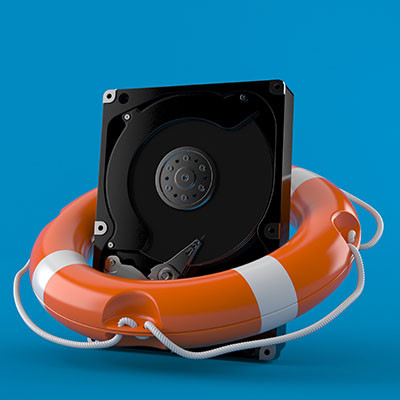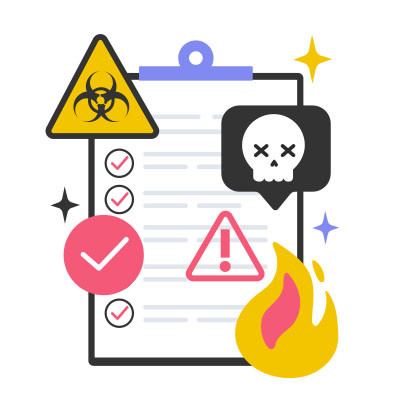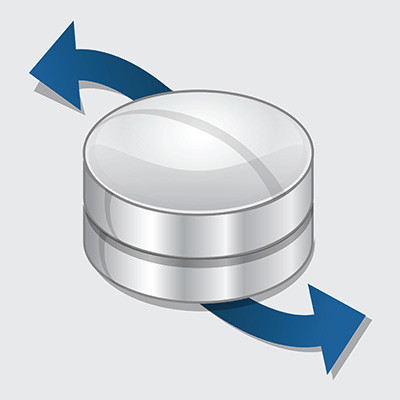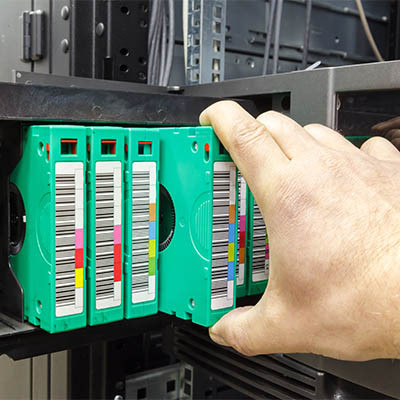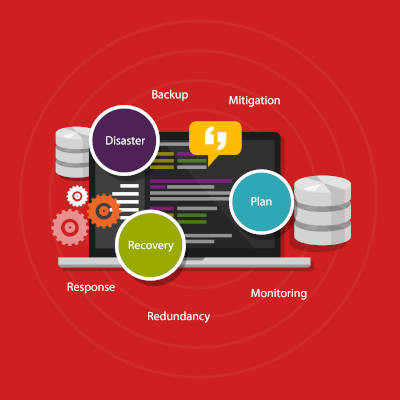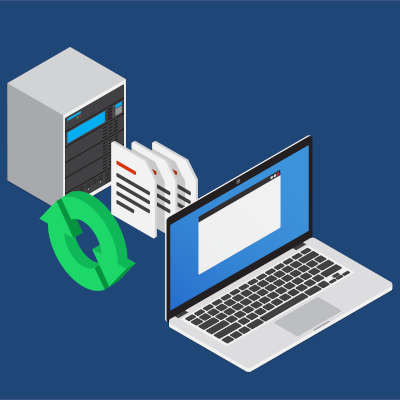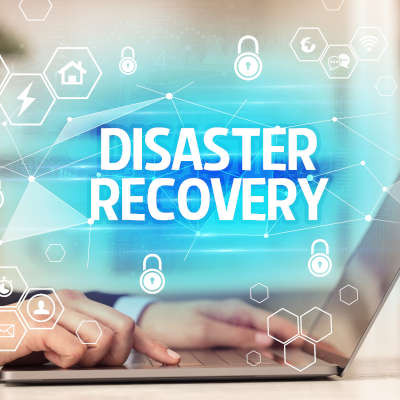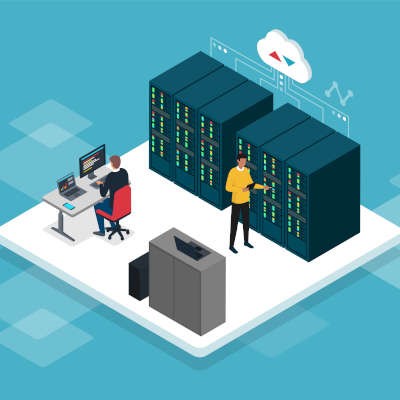Annually, on March 31st, World Backup Day serves as a dedicated reminder to highlight the pivotal role of regular data backups in ensuring the seamless flow of information. While this awareness day effectively emphasizes a foundational best practice, we strongly advocate for an ongoing commitment to the continuous maintenance and safeguarding of backups, extending well beyond the confines of a single day.
EZ MSP Blog
Business technology is known to be remarkably finicky, particularly if you do not have the requisite knowledge to manage and maintain it. After all, there is a reason why you hire an IT department or a managed service provider to handle this role. What happens if your technology fails, though? Do you have a plan in place? What does a plan like this even look like, anyway? Let’s dig into the details.
In an era where businesses rely heavily on data and technology, the need for comprehensive disaster recovery solutions has never been more critical. The stakes are high when it comes to safeguarding your company's digital assets and ensuring business continuity in the face of unforeseen disasters. This is where Disaster Recovery as a Service (DRaaS) comes into play.
To safeguard your organization's invaluable digital assets, you must undertake a task that, in most other business aspects, is often avoided: building redundancy. Redundancy, though typically viewed as wasteful, takes on a critical role when it comes to safeguarding your data, which is the lifeblood of your business.
With technology serving such an indispensable role in modern business the looming threat of disaster is one that needs to be considered. With so many consequences on the line, it’s important that your business is prepared to deal with these disasters effectively and efficiently. Let’s run through some tips for properly preparing for your potential disaster recovery needs.
Having data redundancy is something that sounds like a bad thing. After all, redundancy is typically viewed as a reason for inefficiency. In the case of having your data and computing environments backed up, you are trying to build redundancy. Today, let’s take a look at some situations that a business can run into should they neglect to have a proper backup.
No one can tell when a disaster is going to hit your business or what form that disaster is going to take. The cause could be a storm, human error, or some freak occurrence that nobody could have seen coming. In order to get back up and running after one of these incidents a company needs to have a strong business continuity strategy. An essential part of this strategy is knowing how to recover data depending on the way it’s lost. Getting data back and working for your company is the only way to stave off ruin, so let’s look at data recovery strategies that can literally save your business.
Data backup is a must-have for every business, but it isn’t enough to just copy your data. You will need to have a data recovery strategy in place to ensure that your business can effectively respond after a data loss incident. Today, we’ll take a look at why considering your recovery strategy early is important, and how to prioritize it with everything else going on with your business.
Disasters are more common in the business world than you might think, be they natural disasters that level your office or simple electrical problems that spark a structural fire. A business-threatening disaster could occur at any moment, and it is your responsibility to ensure that it doesn’t put your business’ future at risk. To this end, we recommend you have plans for off-site operations, even if only temporary.
No one ever hopes that they have to take advantage of their disaster recovery solution, but it is something that every business needs to have in order to sustain operations even in the worst of times. Understanding how these solutions work, as well as the goals your organization has for them, are critical to recovering post-disaster.
When you read about concepts like network security and data backup, you might come across the phrase “redundancy” or “redundant.” Depending on your familiarity with the business of IT solutions, you might think of this as an odd term to use to describe something incredibly valuable. Let’s take a look at what this word means, particularly in how it is portrayed in information technology.
Take a moment to imagine yourself in this scenario; you are going about your day-to-day business when all of a sudden, something profound happens to disrupt operations, grinding productivity to a halt and possibly even putting your company’s workers or infrastructure in jeopardy. No matter the disaster experienced, you need to have a plan in place to not only respond, but also recover from the incident in the most efficient way possible.
Businesses of all industries and sizes need to account for various disasters that could sink operations and lead to considerable costs associated with downtime. It is your responsibility as a business owner to identify what these disasters are and take steps toward addressing them, preferably before they become major problems that cost your organization time and money.
There are a lot of different ways that companies and organizations approach data backup, ranging from backing up everything to backing up literally nothing (which we do not recommend). In many ways, backup is simply a form of insurance—the difference being that you’re investing in a solution to a problem, rather than a means to cover your business’ damages.
As most people know, data backup is important, and when things go wrong you’ll be glad your business has it. The thing is, it’s not enough to have a copy of your data when you need to restore it, you’ll also need a recovery strategy. This is because getting your data back working for you is arguably as important as any other part of the process. Today, we’ll take a look at data recovery strategies that will get your business back on track after a disaster.
Not all businesses will look at disaster recovery the same way, but if you want your business to have the kind of continuity that will allow it to get through tough situations, doing your best to formally create a disaster recovery policy will put you in the position to weather any storm you encounter.
The question this article will present is simple: Does your business have a dedicated data backup and disaster recovery system? A comprehensive backup and disaster recovery platform (BDR) can turn out to be one of the most critical parts of managing a business’ IT infrastructure, and if you don’t have one, you should absolutely get one.
If there is one thing we tell every would-be client of ours, it is that it is essential that they secure their data with a comprehensive backup and recovery system. This is not to make our lives easier or to sell products, it is a fact, and said strictly for their own benefit. Even the smallest organizations need protection against situations that could put all their staff’s hard work in jeopardy. Let’s take a look at why backup is so important.
It doesn’t take a deep thinker to know that your business is extremely limited without its data. There are dozens of antivirus solutions on the market for this very reason. One of the best ways to protect your digital assets is to back up data using a reliable backup platform. In today’s blog, we’ll go over a few basic considerations to make if you want a data backup that you can trust.

